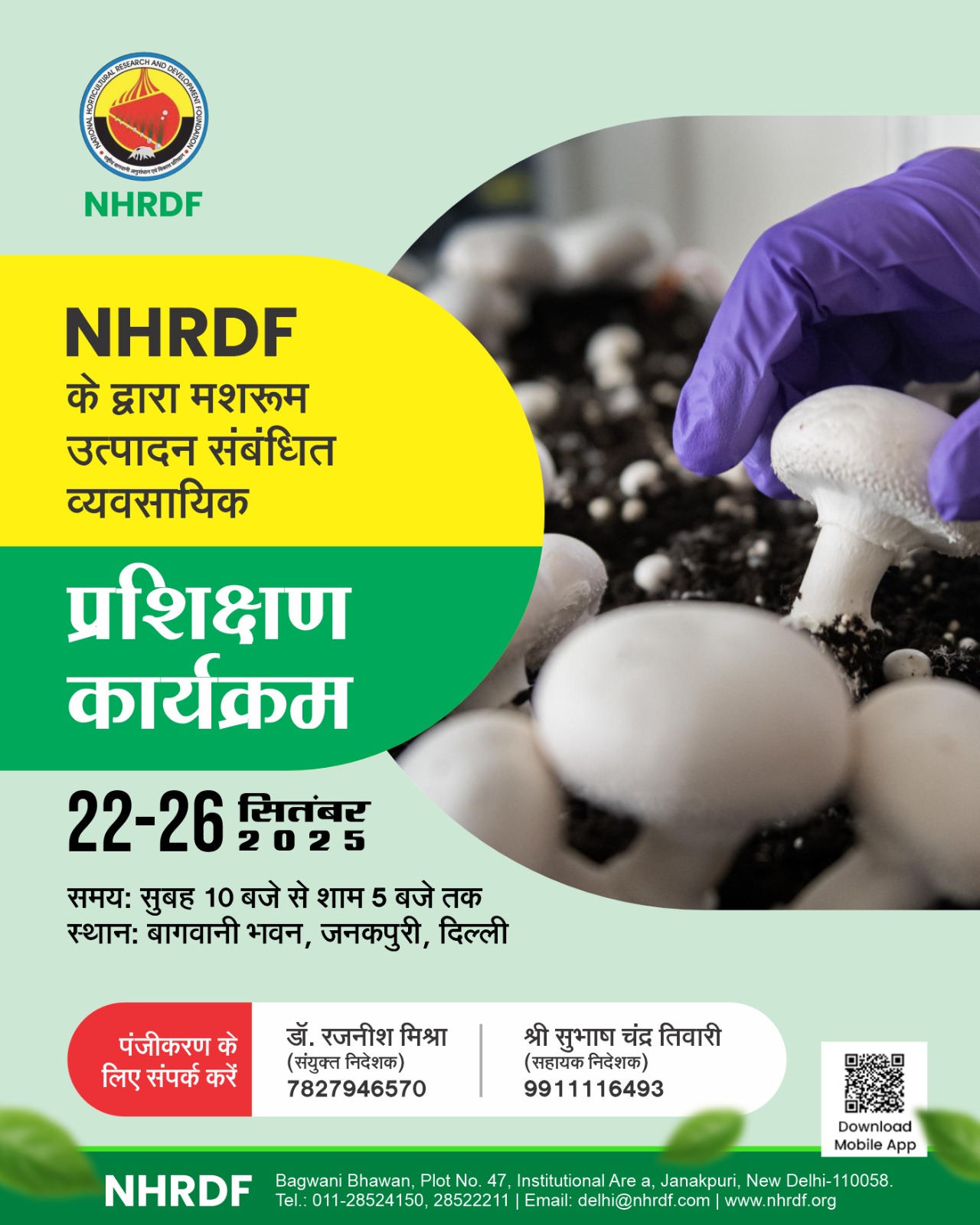My Popup


Many operations are performed for getting mature and quality bulbs from the field to the consumer. About 15-50% losses occur if proper post-harvest management practices are not followed. These practices differ from place-to-place. Proper curing, sorting and grading, transportation and storage are essential to minimize these looses.
Drying and curing
Drying and curing are very essential. Drying is done to remove excess moisture from outer skin and neck to reduce storage rot, while curing is an additional process of drying to remove the excess moisture and to allow the colour development and help the bulbs to become compact and go into dormant stage. It is done for about a week in the field for drying. The method and period of curing vary depending on weather at the time of harvesting. Bulbs are covered along with their tops to avoid damage to bulbs from sun. These are also cured for 7-10 days in shade either with tops or after curing the tops by leaving 2.5 cm above the bulbs and removing the roots. Harvesting at 100% neck fall and curing by windrow method have been recommended. The curing in field till foliage turns yellow should be done. Artificial curing can be done by passing hot air at 27.35ºC through the curing room. It takes about 48 hours for complete curing process if humidity is between 60 - 75%.
Sorting and Grading
Garlic bulbs after curing are run over a grader or graded manually before their storage or marketing. The thick- necked, splitted, injured, diseased or bulbs with hollow cloves are sorted out. Size grading is done after sorting. It is very much necessary for getting better price and to minimize losses on account of driage and decay. Government of India has prescribed certain grade designations for different qualities of garlic for export. The grade designations and definition of different qualities of garlic have been prescribed.
Packaging
In India, garlic bulbs are packed in open mesh jute bags for domestic use. It is packed in bags of 90 and 40 kg capacity each in Andhra Pradesh, Karnataka and other garlic, growing states respectively. As per the garlic grading and packing rules, 18 and 25 kg packing are done in perforated 10 ply corrugated cardboard boxes for export. Nylon-netted bags used for packing and further storage cause minimum losses in storage. In foreign countries, plastic-wooven bags are very commonly used. These have good strength and are also attractive. Since garlic needs less ventilation compared to onion, there is a need to develop suitable packaging to reduce driage loss.
Storage
Thoroughly cured garlic bulbs are stored well in ordinary well-ventilated rooms. Garlic with dried leaves can be stored by hanging in well-ventilated rooms. This is, however, not possible on commercial scale because space requirement is more. Storage without tops in nylon-netted bags give better performance at Nasik and Karnal as such the same has been recommended for storage to minimize loss. In Jamangar area (Gujarat), some pockets of Indore and Mandsaur Madhya Pradesh and Mainpuri and Etah district of Uttar Pradesh, bulbs are stored for 6-8 months. Since garlic stores well for market under a wide range of temperature, controlled conditioned (low temperature) storage are not necessary. Cloves sprout quickly at 4.4ºC and prolonged storage in this temperature range should be avoided. Storage at 0.5ºC is satisfactory, but high humidities often accompany low temperature storage. Garlic stored at humidity higher than 70% at any temperature develop mould and start rotting. Cold storage of garlic is possible at 32-36ºF and 60-70% relative humidity. The storage loss of 12.5% is recorded in garlic stored at 1-5ºC and 75% relative humidity compared to 42.4% losses in ambient temperature. UV light treatment for 30 minutes further reduces loss to 8% in cold stores for 150 days storage.
Irradiation with 2-6 krad of cobalt 60 gamma rays have also been recommended for controlling sprouting in storage. The irradiation given to bulbs within 8 weeks of harvesting (before sprout initiation) can inhibit sprouting effectively, reduce weight loss and can prolong storage life for about one year. Doses higher than 10 Kr reduce diallyl disulfide content which gives typical garlic flavour. Storage life of garlic is prolonged and loss in eight is also reduced by spraying 3000 ppm MH 3 weeks before harvesting. Yamuna Safed (G-1), Yamuna Safed-2 (G-50) and Yamuna Safed (G-323) are better storer. Pre-harvest spraying of 0.1% carbendazim and disinfection of premises for handling and storage of garlic also reduce post-harvest losses particularly decay loss. Phosphorus and potassium application reduce weight loss in garlic storage while nitrogen application increases it.
